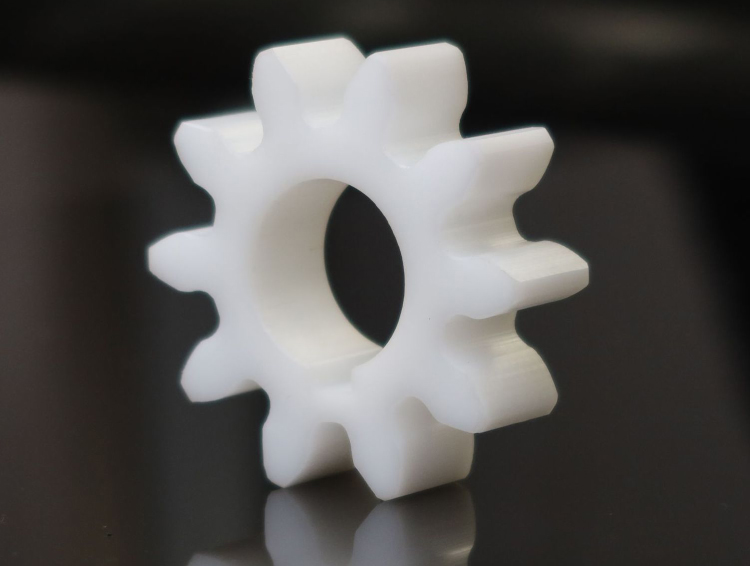Plastic gear surface defect detection professional method!
Gear and gear products are important basic parts of mechanical equipment, for the overall power system has a very large role, most of the main transmission parts of mechanical equipment are gear transmission.
The quality of gear directly affects the service life and safe production of the machine, and its accuracy has an important impact on the performance of mechanical products, so improving gear detection technology is a necessary guarantee to improve the quality of gear products.
Due to the characteristics of gear shape, there are many detection items, complex measurement process and expensive measuring equipment. Therefore, rapid detection and analysis of gears are urgently needed in actual production.
Machine vision inspection is a non-contact non-destructive testing, is a new inspection method, in the high-speed, fine and repetitive manufacturing process is also more reliable, compared with the traditional inspection method, has irreplaceable advantages. The application of machine vision in manufacturing system is the direction and inevitable trend of industrial development, and it is also an effective way to improve production efficiency.
Therefore, the automatic detection technology of gear appearance that can improve the quality of gear shipment is also of great significance to the machinery industry.
01 Detection Background
Gear products in the production process, there may be broken teeth, short teeth, teeth cracked, missing teeth, teeth skew, batch front and other appearance defects, they will affect the accuracy of the gear, bite problems. In the process of quality inspection, these defective products must be removed.
Generally, enterprises rely on human eyes to detect, or inspectors distinguish gear defects one by one under the microscope, and the detection efficiency and accuracy are low, coupled with the standards of inspectors can not be completely unified, so the accuracy is difficult to guarantee. In addition, when the gear is produced in large quantities, it is impossible to rely on manual detection alone. The application of machine vision inspection equipment to detect gear appearance defects can avoid and solve these problems.
02 Gear surface defects visual detection target
Gear surface defect detection
03 Detection principle
Detection principle of gear surface defect visual detection: When the product is imaged on the background plate, after processing by a special light source, a clear image is presented, and the results are analyzed by image processing pattern recognition algorithm.
The system consists of product equipment and vision system. The product enters the production line and is processed by the vision system to give a decision.
04 Detection process
The machine vision inspection system first uses a CCD industrial camera connected to a computer to complete the image acquisition task, and converts the captured target into an image signal.
Then according to the pixel distribution, brightness, color and other information, the image signal is converted into a digital signal through the image acquisition card, and transmitted to the special image processing system. The image processing system performs various operations on these signals to extract the features of the target, such as area, length, quantity, position, etc. Finally, output results according to the preset tolerance and other conditions, such as size, Angle, offset, number, pass/fail, defect and so on.
The scheme of appearance defect detection
Detection content
Gear missing teeth
Detection effect
Through the collection of image information, the existing defect detection, analysis and research are realized, and the specific judgment is made. When the system detects the defective product, the alarm signal is output.
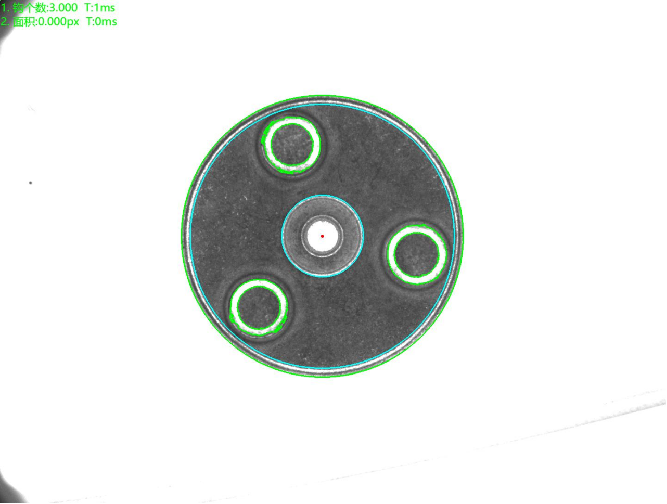

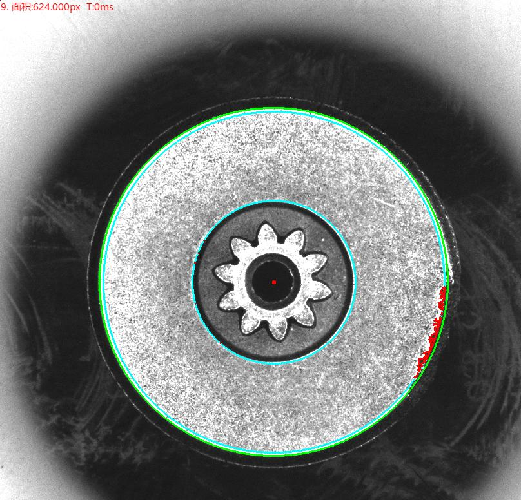
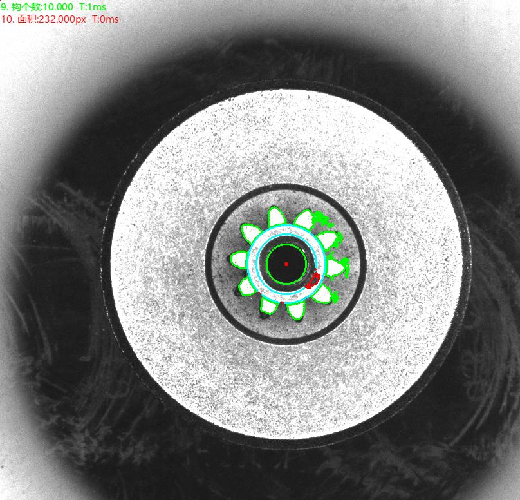
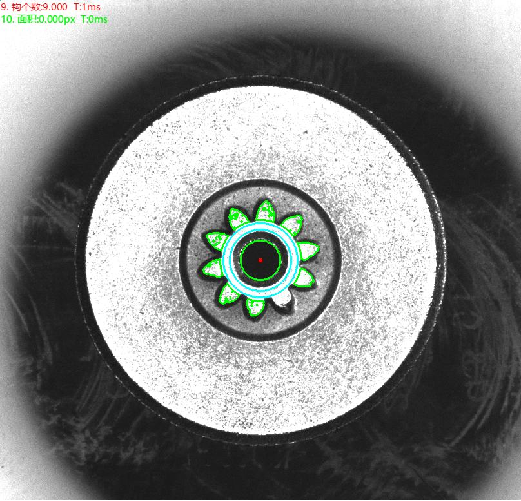
-
Service hotline
13077808017

